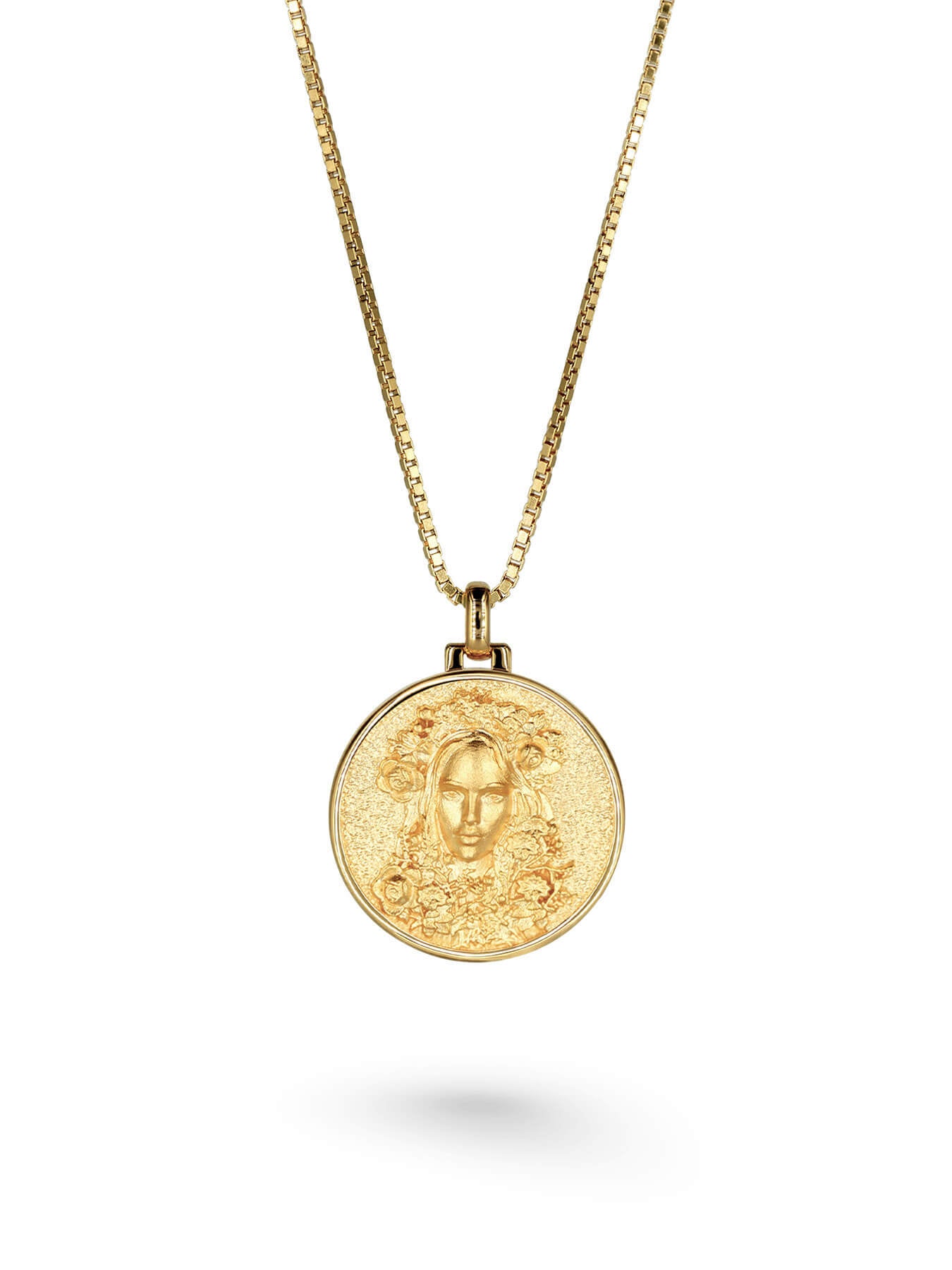YOUTH. ENJOYMENT. FERTILITY
FLORA
Flora, the goddess of flowers, plants, blossoms, blooming nature and youth

Flora was particularly revered by the Sabines
Their happy holidays were celebrated in the blossom moon

In mythology she is the wife of Favonius

“And as she spoke, she breathed spring roses from her mouth: Chloris was I who am called Flora.”
Shop the look

Shop the look
Flora - Necklace - Silver
Sale priceCHF 125.00
Regular priceCHF 142.00
Flora - Necklace - Vermeil
Sale priceCHF 129.00
Regular priceCHF 149.00

Flora - Necklace - Silver
Sale priceCHF 125.00
Regular priceCHF 142.00
Flora - Necklace - Vermeil
Sale priceCHF 129.00
Regular priceCHF 149.00




